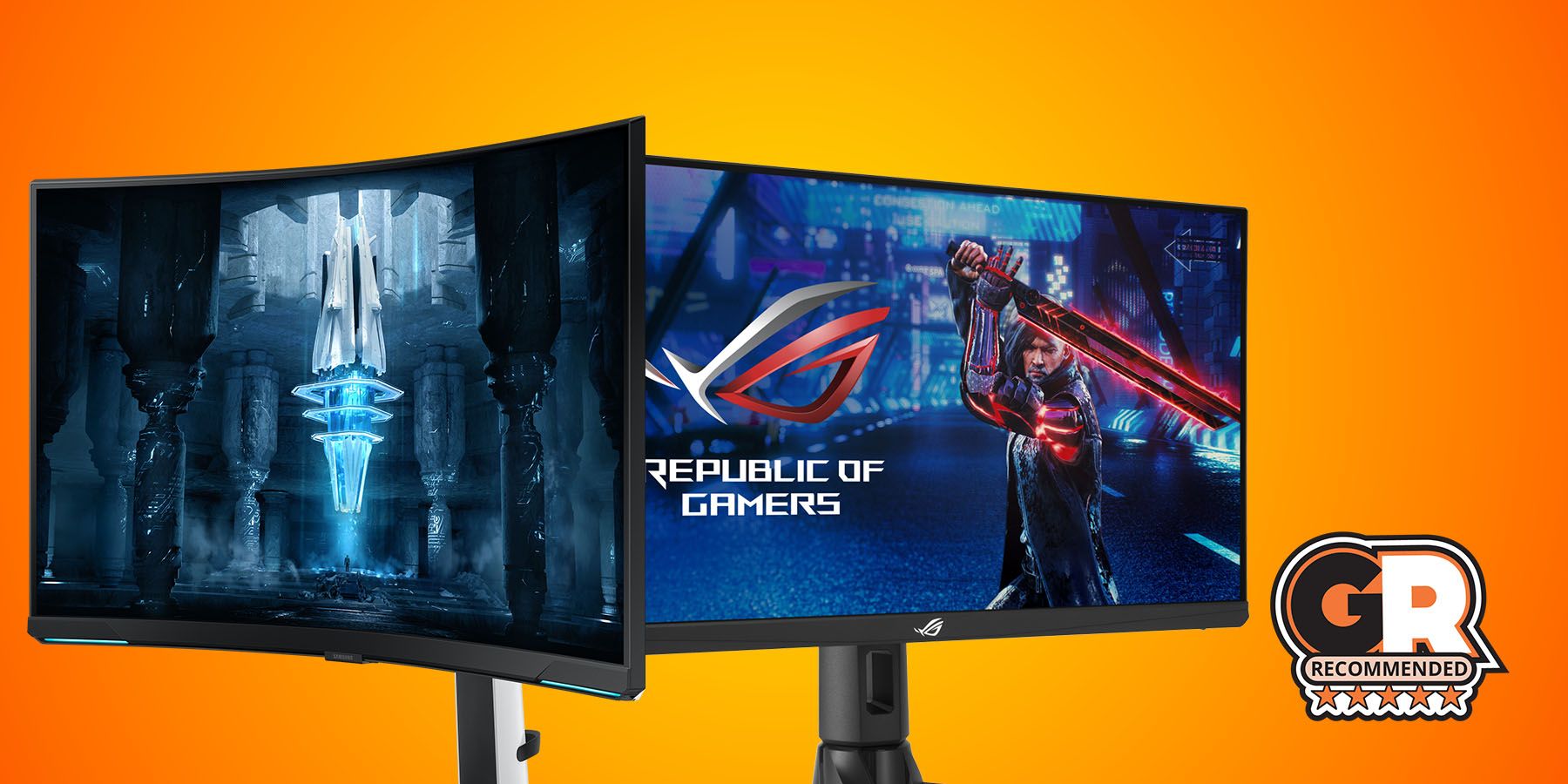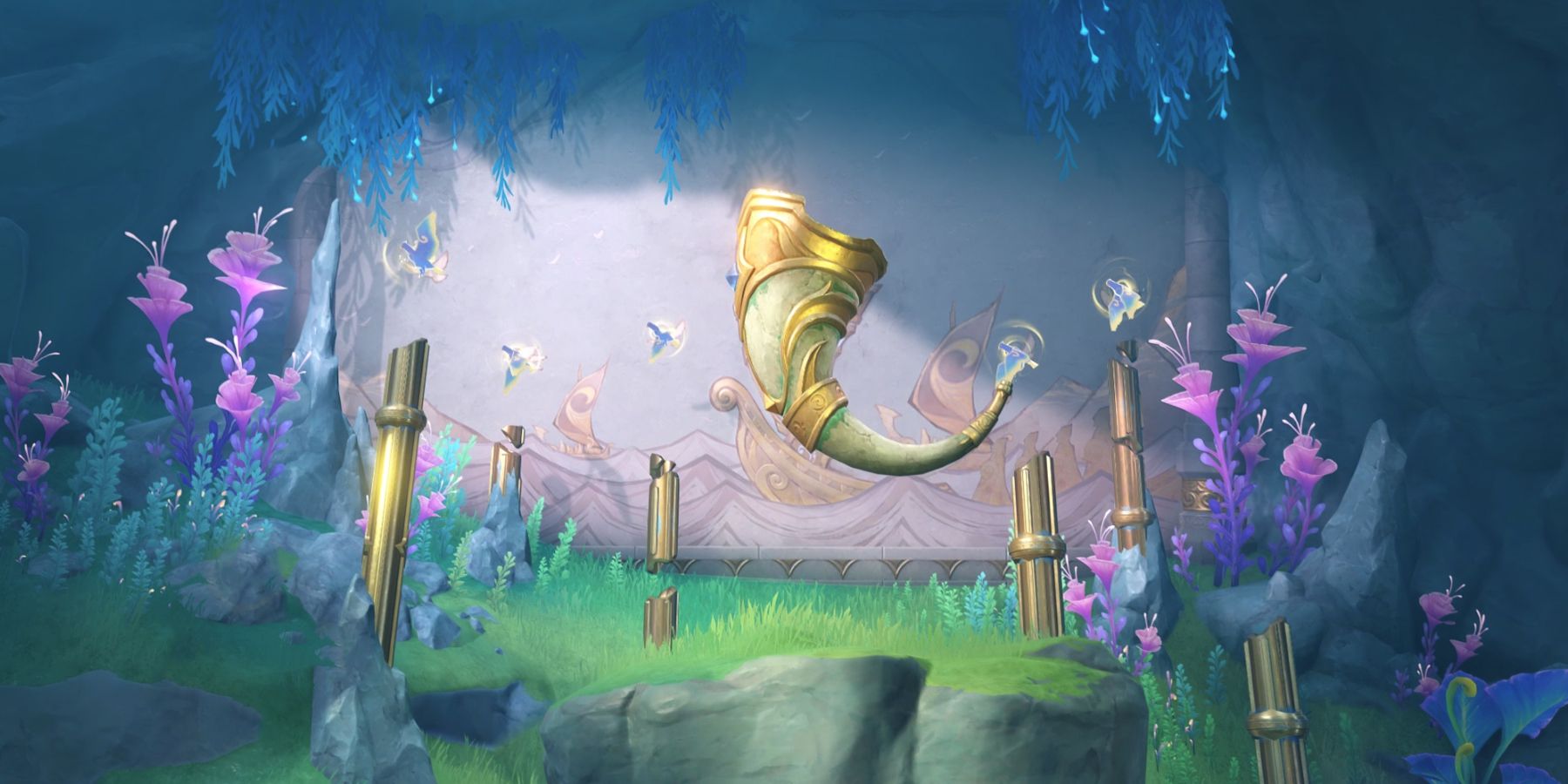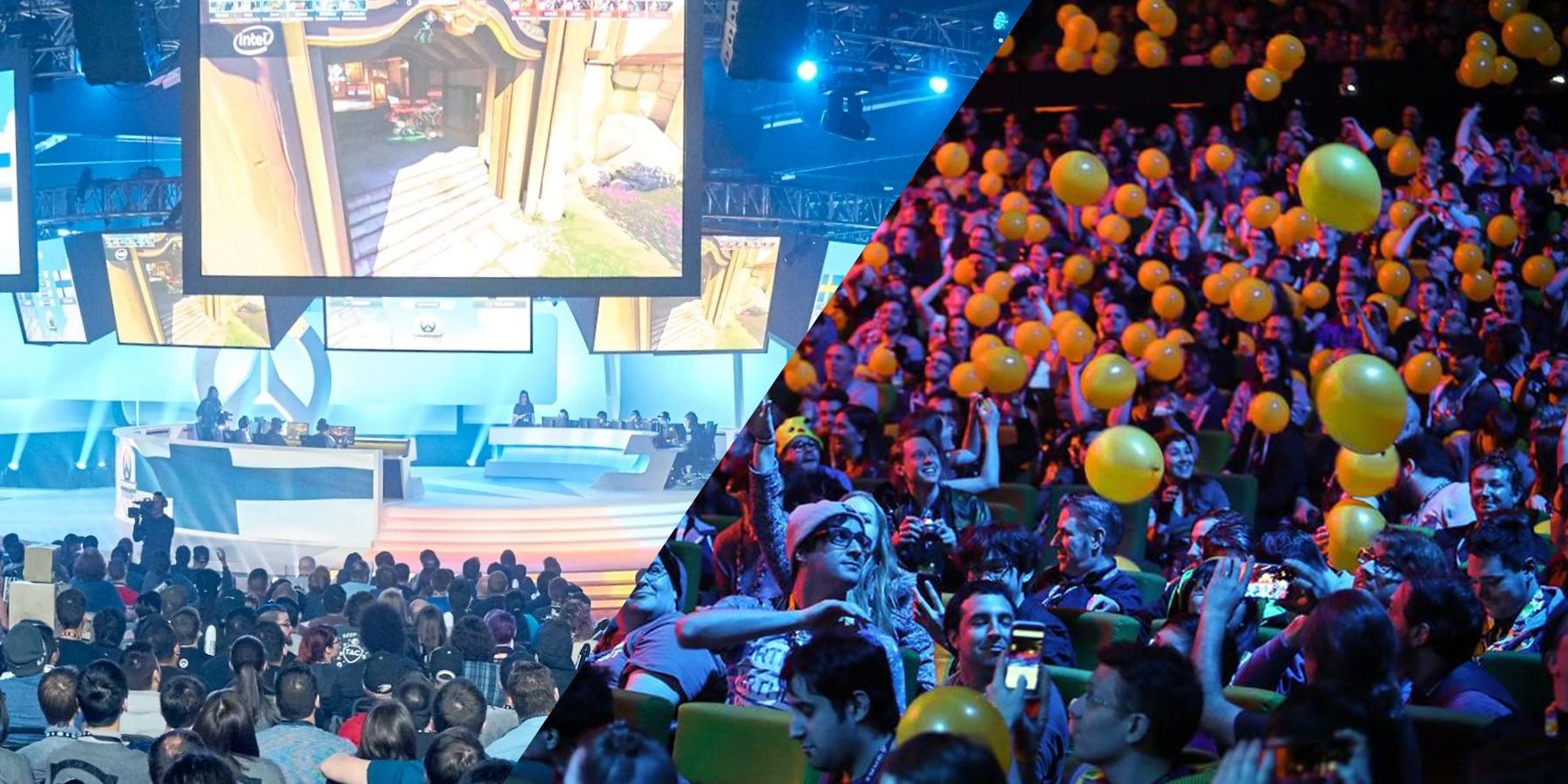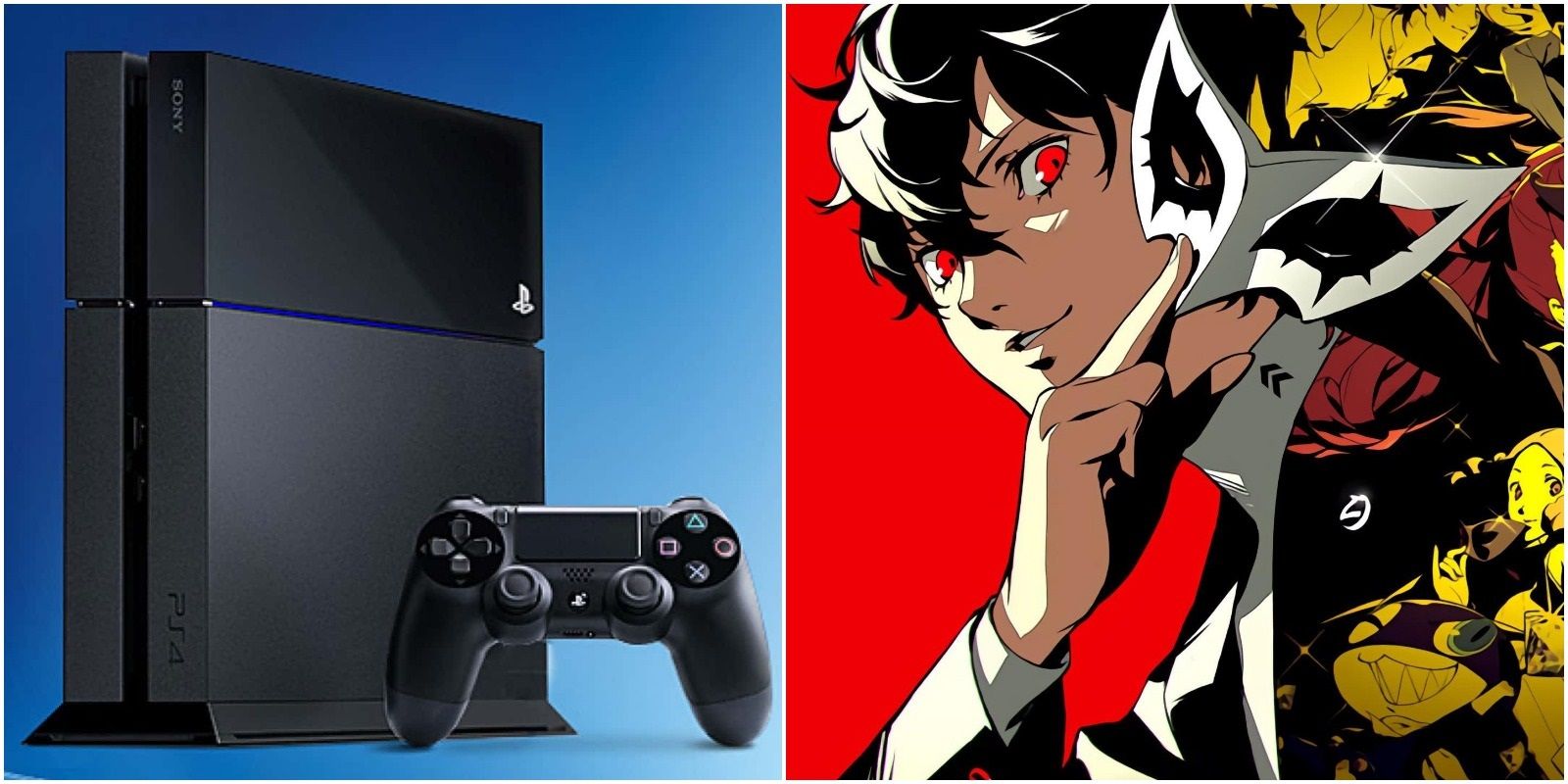Monitors, particularly the “gaming” ones, have soared in popularity drastically in the past few years. Not only do we have a wide range of different-sized displays, but we also have various gaming tech-infused into those to provide a better gaming experience. This has led to significant price cuts on displays that users can now buy at more affordable prices than ever.
The Best 4K OLED Gaming Monitors in 2024
Finding an OLED monitor for 4K gaming is not easy thanks to limited options. Fortunately, Game Rant has compiled some of the best out there.
Even though the search for a monitor based on screen size has expanded to various other properties, it still remains a crucial aspect that, for many, is their first priority. From small 13″ CRT monitors to now over 40″ of high-end LED displays, choosing a gaming monitor can be a tiresome chore, especially when you are not familiar with how each one feels. In this post, Game Rant will help you decide the correct monitor size.
Gaming Monitors and Their Size
The size for most modern gaming monitors starts from 21.5 inches all the way up to 57 inches, the latter being rare and ridiculously expensive. Gaming monitors are available in different sizes due to two factors:
1. Resolution change: Smaller monitors generally come with a lower resolution and vice versa for higher resolutions. This is because as we go bigger in the screen size, each pixel starts to get bigger, making it more obvious, which isn’t pleasant for a detailed picture representation.
Bigger monitors typically boast a higher resolution for the same reason, so that users can have sharper and more detailed picture quality. Gaming monitors with smaller screen sizes generally don’t boast very high resolution as the depth of the details isn’t as clear as on a bigger monitor.
2. Distance and View: While smaller monitors are perfect for a compact or standard gaming setup with a desk measuring around 2 feet in width giving users a good view of all the details, bigger gaming monitors are ideal for a desk with a width of over 2 feet.
Many users find gaming monitors with sizes ranging from 21.5″ to 24.5″ ideal on a desk 2 feet in depth, but any bigger than that may cause discomfort in having a good view of everything at once. This is why gaming monitors that are bigger than 24.5″ and up to 34″ are best on a desk that is at least 2.5 feet deeper, giving enough distance between the display and the user’s eyes.
This is not universal and every user has his preference regarding how big their monitor should be according to their desk size. However, this is what we find ideal for an enjoyable gaming session. That said, let’s dive into this topic in detail so that you can find the best size for your gaming monitors.
For 1080p Gaming Monitors
1920x1080p is the most popular resolution on desktop monitors and even on laptops. According to Statcounter, the 1080p resolution is the most widely used resolution across all devices, with a share of 10.27%. Narrowing that down to more specific numbers, according to Steam, around 60% of users use a 1080p display for gaming.
Even though that doesn’t account for all the gamers across the globe, it sums up the popularity of 1080p resolution pretty well. This is the reason why the market is flooded with countless full HD gaming monitors at affordable prices.
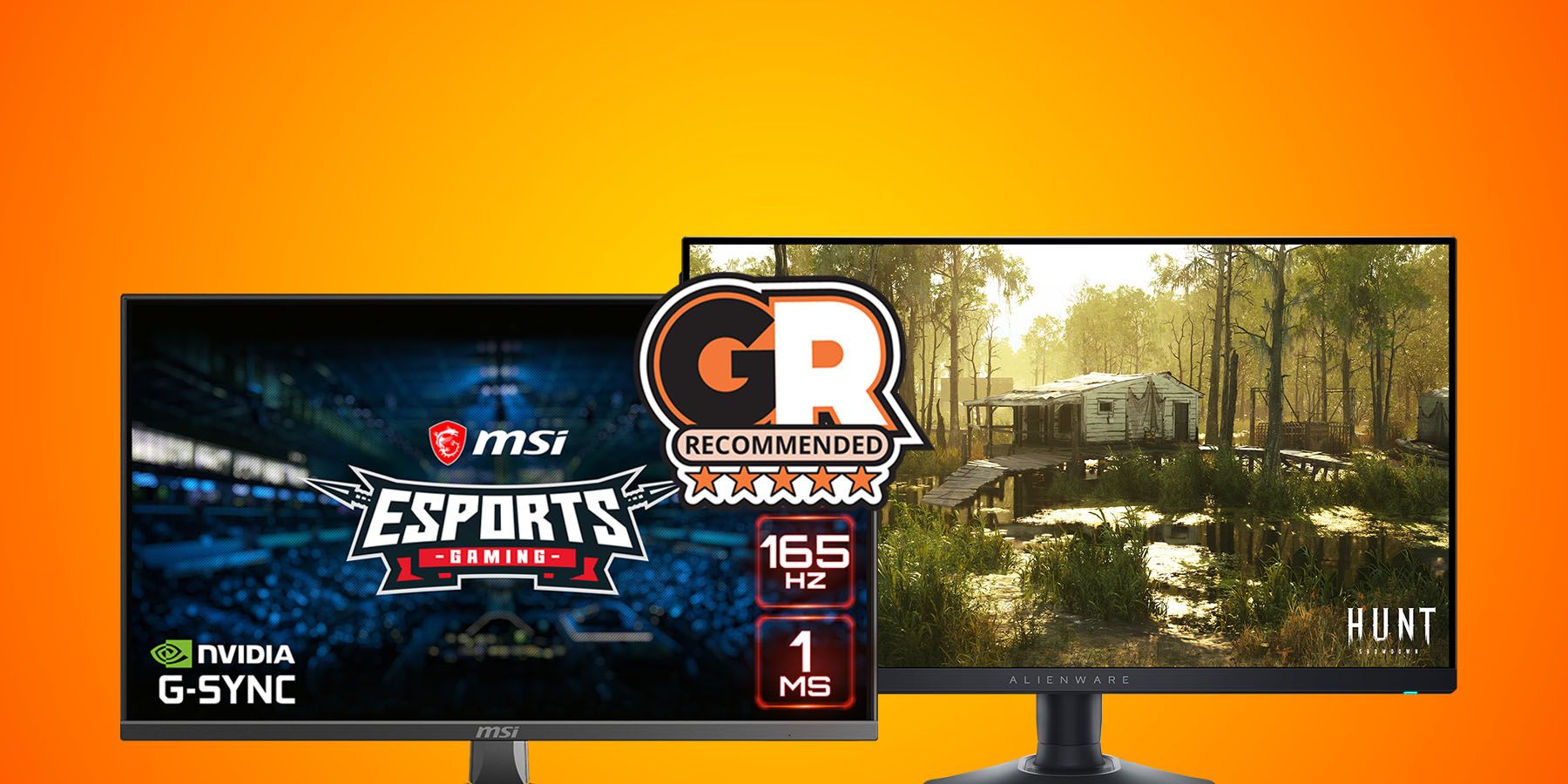
The Best 1080p Gaming Monitors for 2024
Uncover the finest 1080p gaming monitors with this exclusive Game Rant guide.
We recommend getting at least a 22-inch gaming display with 1080p resolution, but the 24-inch screen size is ideal. Some users may also opt for a 27-inch size for more immersion, but that might feel a little bit stretched out. However, this may seem completely fine to those who have never used a 27″ 2K gaming monitor.
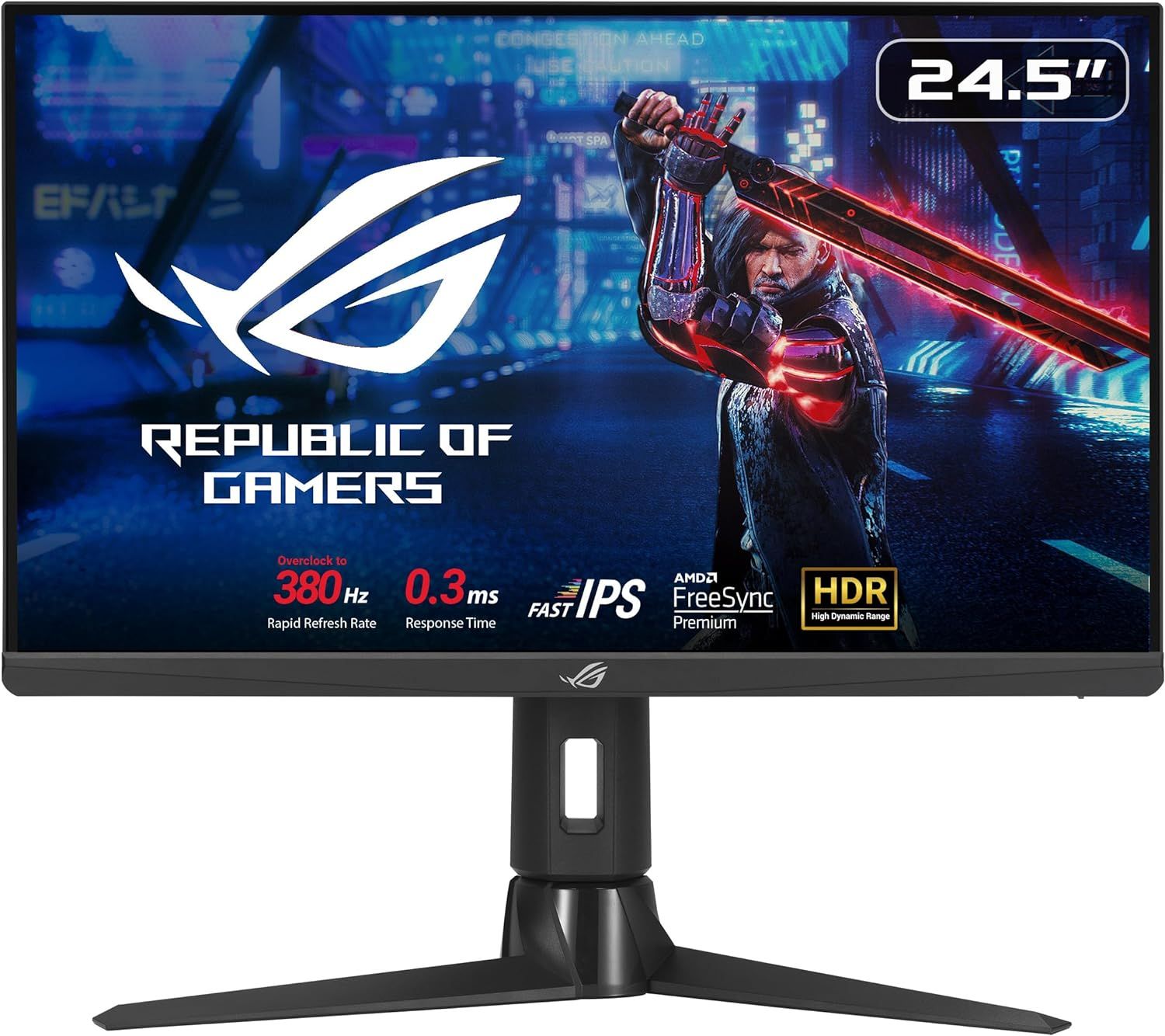
Asus ROG Strix XG259QN
Best 1080p Gaming Monitor
- Screen Size
- 24.5″
- Display Technology
- Fast IPS
- Resolution
- 1920×1080
- Refresh Rate
- 380Hz
- Response Time
- 0.3ms
- Extremely responsive with 0.3ms response time
- Incredibly high refresh rate for smooth and fluid gameplay
- Ergonomic stand for various kinds of adjustments
- Pretty expensive compared to other 1080p gaming monitors
- Lackluster HDR
For 1440p Gaming Monitors
The 2560x1440p resolution is probably the runner-up when it comes to gaming on a desktop. It provides around 77% more pixels than the full HD resolution and this is why, even though the 1440p resolution doesn’t sound too big of an upgrade compared to 1080p resolution, it is way higher than the latter.
Therefore, it is recommended to go with at least a 27-inch screen size if buying a 1440p gaming monitor. It will still be pretty decent with up to 32-inch of screen size, which is generally acceptable for a 1440p gaming monitor. The one with a 27″ screen size is going to be sharper with a high PPI (Pixels per Inch) but the 32″ one will be somewhat equivalent to looking at a 1080p resolution on a 24″ monitor.
Hence, anything that falls between 27 and 32 inches is acceptable for a 1440p gaming monitor.
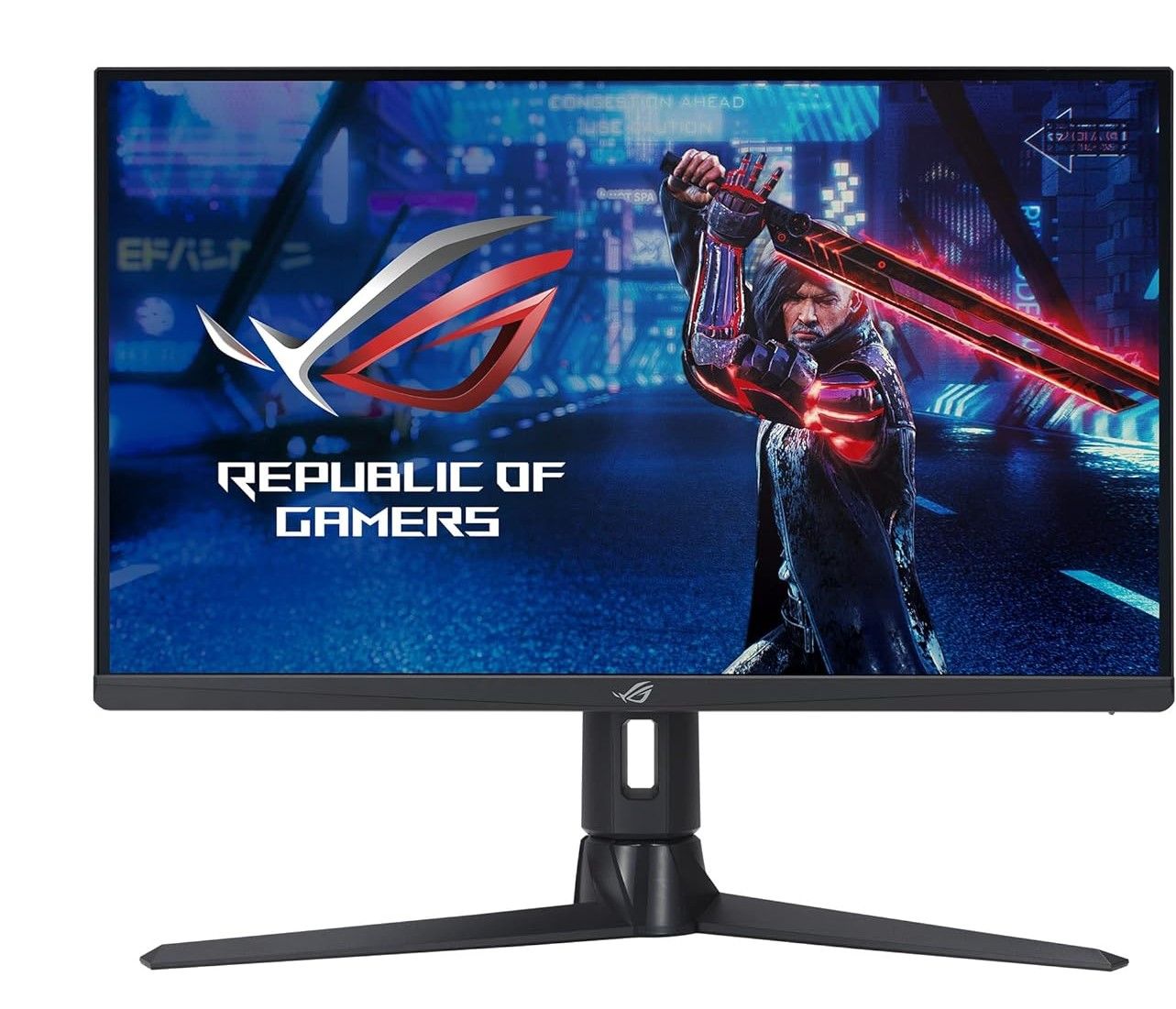
ASUS ROG Strix XG27AQMR
Best 1440p Gaming Monitor
$532 $600 Save $68
- Screen Size
- 27″
- Resolution
- 2560×1440
- Max. Refresh Rate
- 300Hz
- Brand
- Asus
- Response Time
- 1ms
- Excellent display quality with fast IPS panel
- Insanely high refresh rate of 300Hz
- FreeSync Premium and G-Sync for tear free gaming
- DisplayHDR600 support
For 4K Gaming Monitors
4K monitors boast a resolution of 3840×2160 pixels. It may sound like it provides twice the pixels compared to the 2K resolution, but in reality, it is 2.25X bigger than the latter. It is also 4 times bigger than the standard full HD resolution, which creates super high PPI on standard-sized displays.
This is why it is advised to opt for a 32-inch screen size for 4K resolution. The second most popular screen size is 27 inches, which might feel too sharp, but this is perhaps one of the reasons why many gamers go below 32″ instead of going up. Still, anything up to 34″ should be fine for 4K resolution.
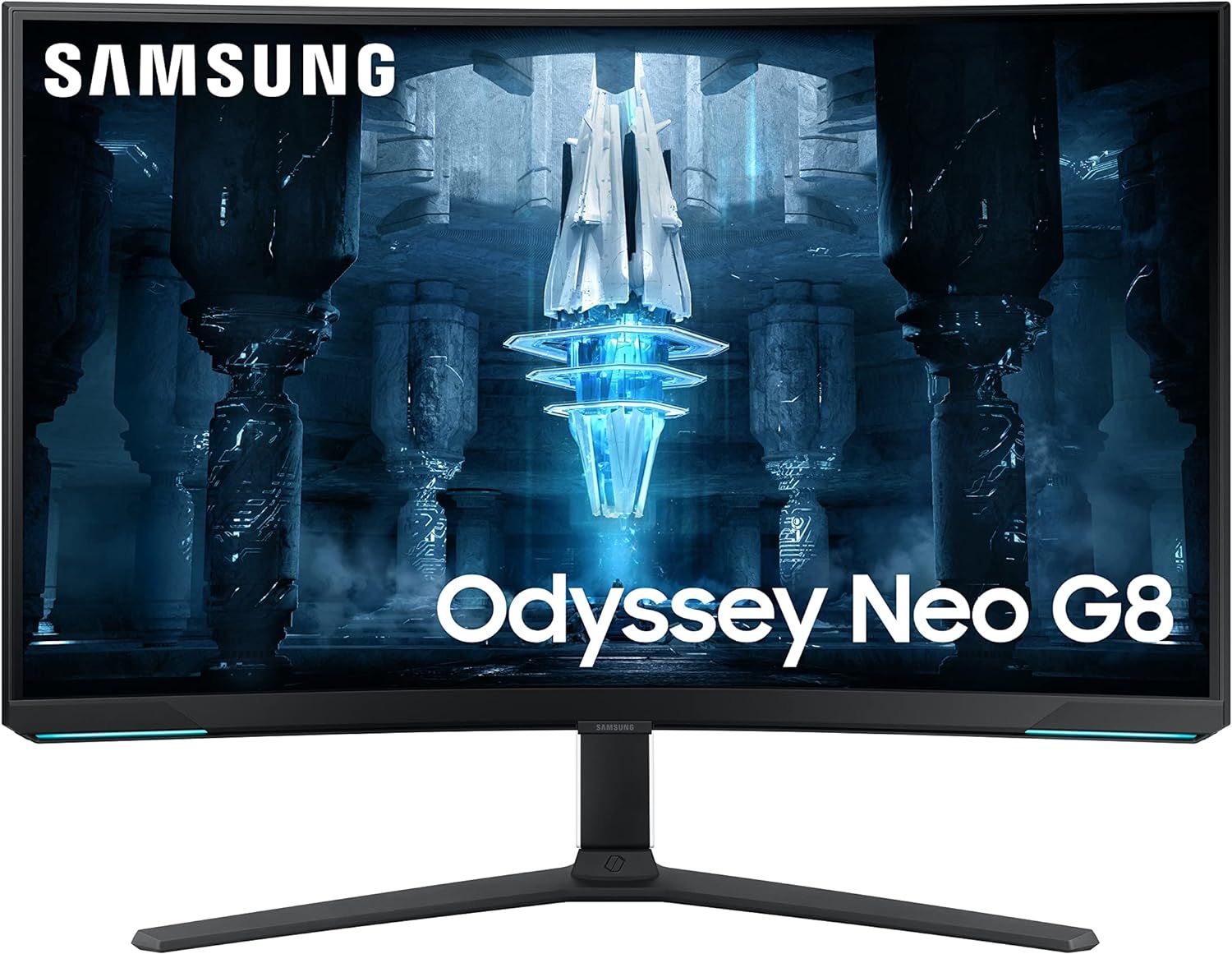
SAMSUNG 32 Odyssey Neo G8
Best 4K Gaming Monitor
$900 $1300 Save $400
- Screen Size
- 32″
- Resolution
- 3840×2160
- Max. Refresh Rate
- 240Hz
- Brand
- Samsung
- Response Time
- 1ms
- High quality matte display with HDR2000 support
- 240Hz refresh rate and 1ms response time
- 1000R curvature for more gaming immersion
For Ultrawide Gaming Monitors
Ultrawide gaming monitors have a bigger width than normal monitors and hence, they boast more pixels. Compared to the regular 16:9 ratio, ultrawide monitors boast a ratio of 21:9. The three most popular resolutions on ultrawide monitors are:
- 2560×1080
- 3440×1440
- 3840×1600
The best screen size for an ultrawide full HD monitor is 25 to 30 inches, with 25-inch displays being sharper. While 25-inch monitors are excellent, many prefer to go for a bigger screen size for more immersion.
For the 3440×1440 or UWQHD resolution, the best screen size is 34-inch. The visuals will feel quite detailed and sharp. It’s to be noted that an ultrawide monitor is for a more immersive experience and therefore, having the same PPI density as on the standard gaming monitors is not necessary.
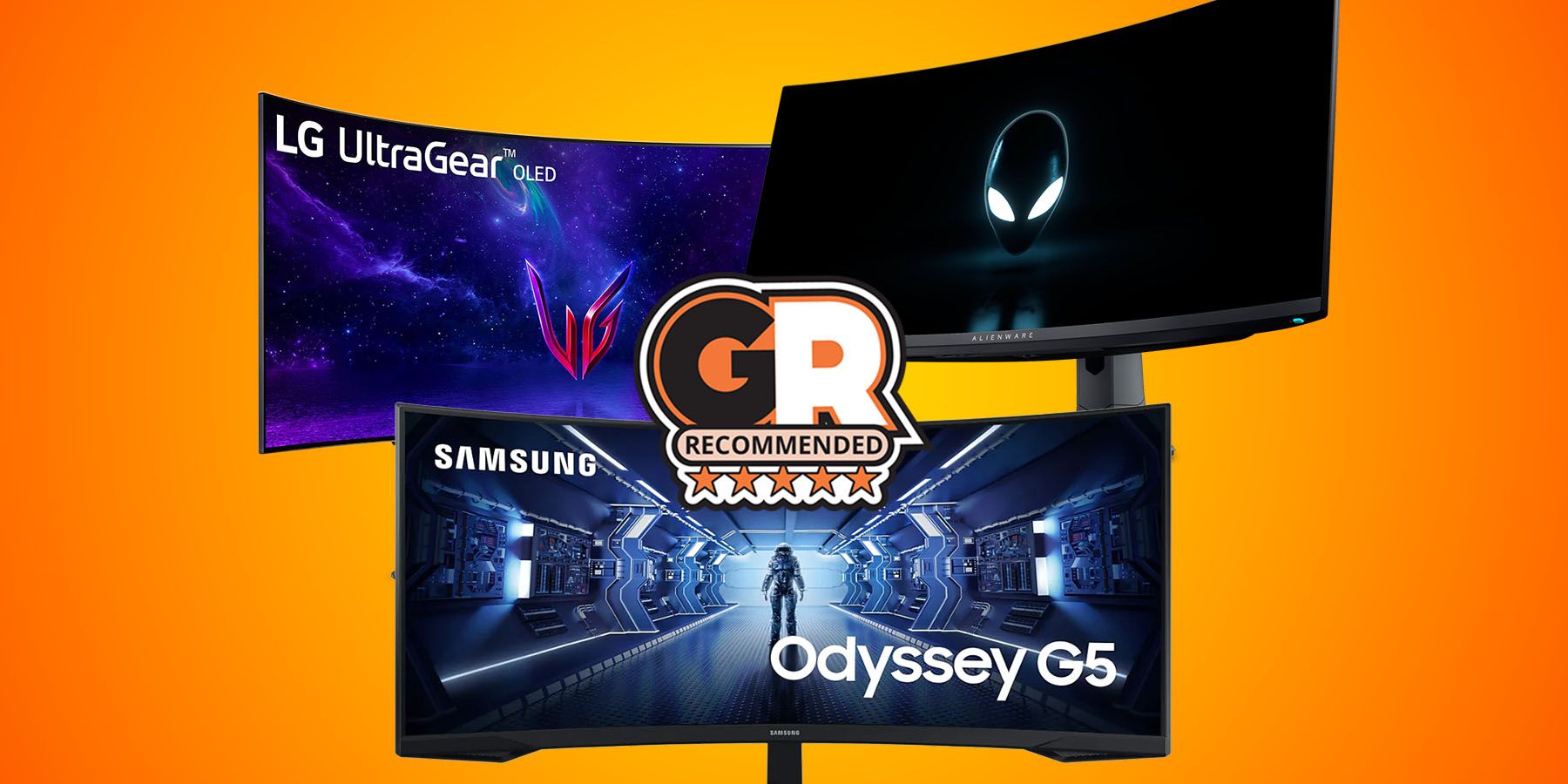
The Best Ultrawide Gaming Monitors in 2024
Ultrawide gaming monitors are no longer a niche. Here is Game Rant’s shortlist of the best ultrawide gaming monitors in the business.
As for the 3840×1600 resolution, the most common monitor size is 38-inch. Being a rare resolution even in the ultrawide spectrum, there aren’t many options gamers can choose from. Hence, a 38-inch screen size is the one users have to settle with.
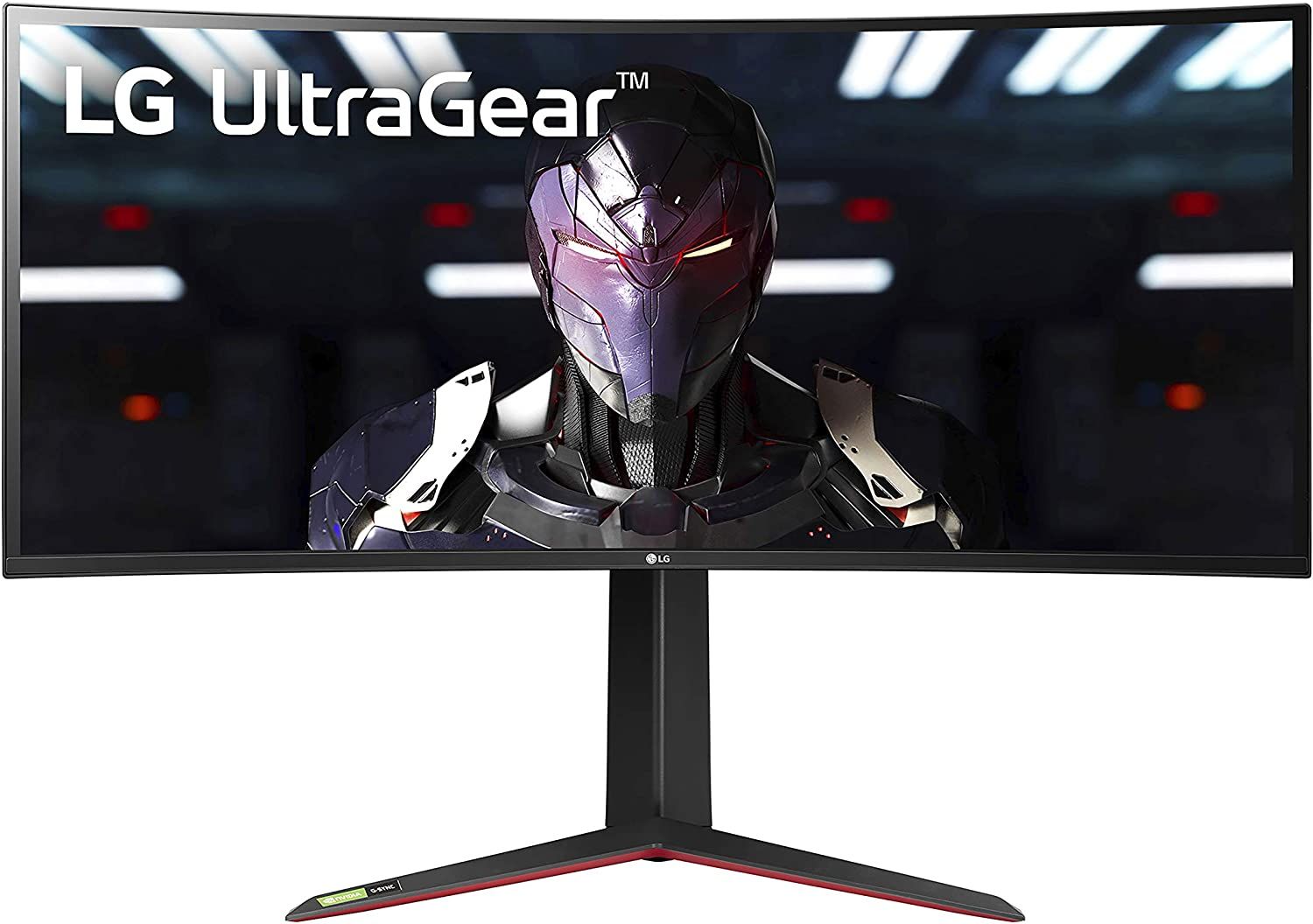
LG UltraGear 34GP83A-B 34-Inch Gaming Monitor
Best Ultrawide Gaming Monitor
- Screen Size
- 34″
- Resolution
- 3440×1440
- Max. Refresh Rate
- 160Hz
- Brand
- LG
- Response Time
- 1ms
- WEIGHT
- 16.8lbs
- Nano IPS display with a wide color gamut
- 144Hz refresh rate with 1ms GtG response time
- Nvidia G-Sync and FreeSync Premium support
- Needs careful handling due to the large size
In Case You Want to Have a Curved Monitor
While regular gaming monitors are generally flat, curved monitors are also very popular these days as they provide a more immersive experience. That said, you will mostly find curved gaming monitors a little bigger than their counterparts with just flat screens. This is because a small curved screen won’t be as immersive as a bigger one.
This leads to somewhat less PPI compared to flat gaming monitors. However, most curved gaming monitors have a specific recommended space you should maintain between yourself and the screen if you don’t want to limit their immersive nature. This is generally determined by the amount of curvature the displays boast.
For instance, if you are going with a 34-inch curved gaming monitor that boasts an 1800R curvature, you will have to sit roughly 1.8m away from it to have the ideal immersive experience. However, if the curvature is 1000R, you should sit no farther than 1m. This way, you will be able to witness more details on the screen.
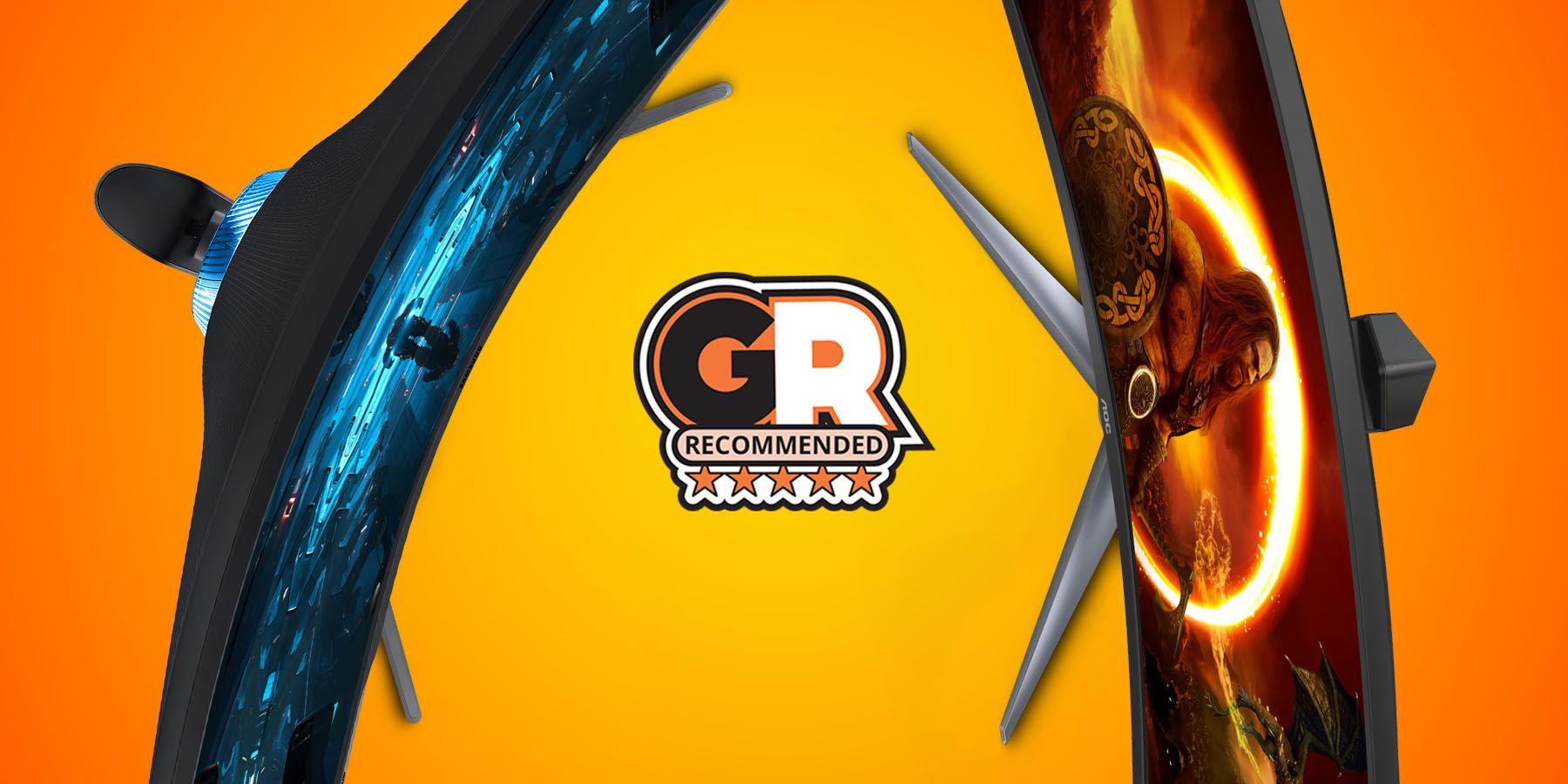
The Best Curved Gaming Monitors in 2024
Featuring a more immersive gaming experience, these curved gaming monitors have everything from great visual quality to high refresh rate for gamers.
Similarly, you can find curved monitors with sizes as big as 49 inches with a significant curvature of 1000R. This may or may not be ideal for everybody as sitting close to a 49-inch display will force you to move your eyes frequently to capture the details on the extreme sides or corners. Therefore, if the monitor size is big, it’s recommended to get a smaller curvature(1500R-2800R) if you are placing it inside a 10-15 square feet room, but if the monitor size is somewhat moderate (25-34 inches), you can go with a 1000R curvature.
A Quick Glance at the Best Monitor Sizes for Gaming
|
Resolution |
Best Screen Size |
|
1920×1080(Full HD) |
24-inch |
|
2560×1440(QHD) |
27-inch |
|
3840×2160(Ultra HD) |
32-inch |
|
2560×1080(WFHD) |
30-inch |
|
3440×1440(UWQHD) |
34-inch |
|
3840×1600 |
38-inch |
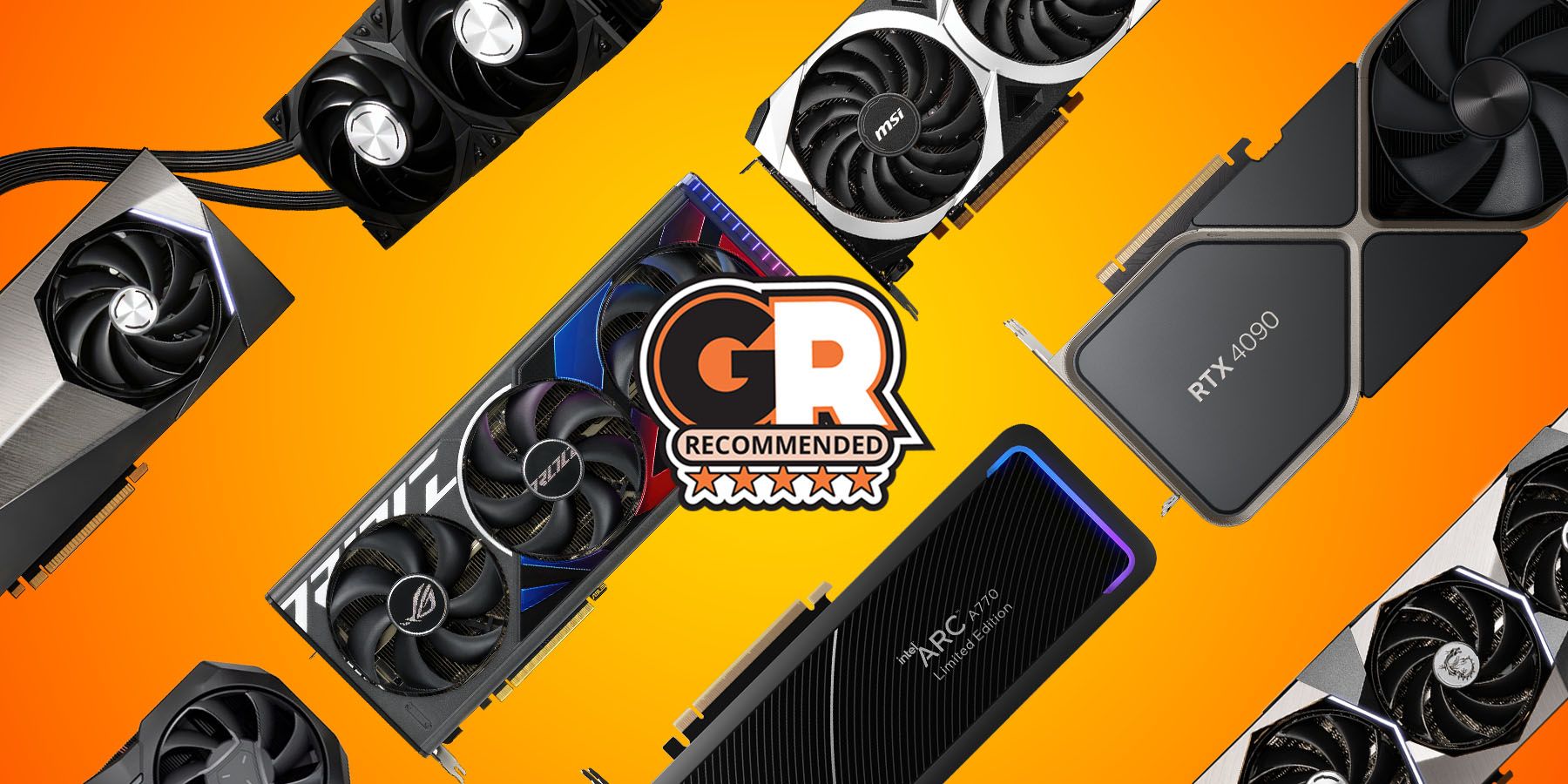
The Best Graphics Cards for Gaming in 2024
NVIDIA, AMD, and Intel now have graphics cards on the market, but which is the best? Let’s benchmark and compare their offerings.


